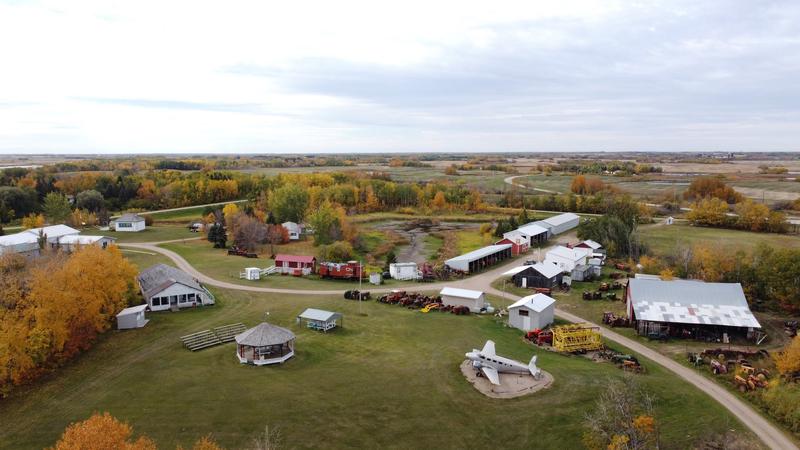
Scotch – A Special Kind Of Whisky
“The views and opinions expressed in this article are those of the author and do not necessarily reflect the position of Pattison Media and this site.”
Paint a picture in your mind.
You are in a den or study decorated with leather furniture and rich, deep mahogany furniture. A gentleman sits in a high back leather chair, wearing a monogramed robe and slippers. On the end table beside him, a box of cigars worth the better part of my annual salary. And in his hand? A crystal glass partially filled with an amber liquid called scotch.
Whether it is the existence of exclusive gentleman’s scotch clubs and societies, or perceptions created by Hollywood movies, scotch has a perception of being a high society drink shared by millionaires, but this doesn’t need to be the case. Though there are bottles of high end scotches that can run into the thousands to purchase, there are a number of quality scotches that are available for much less. There are highly reviewed scotches available in Saskatchewan starting in the $30 to $35 dollar range, though most popular brands are in the $50 to $75 price range. Some blends available through SLGA retail for over $600 a bottle, though the majority are between $50 and $150.


